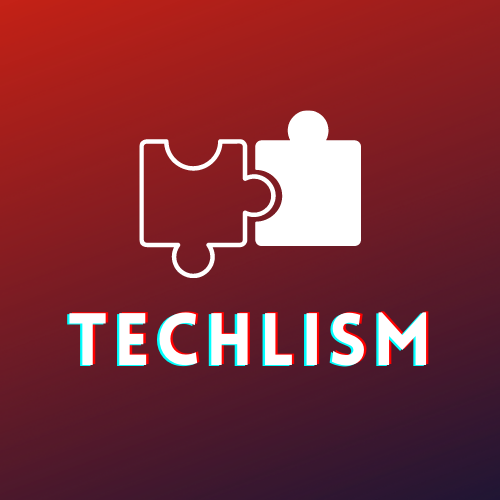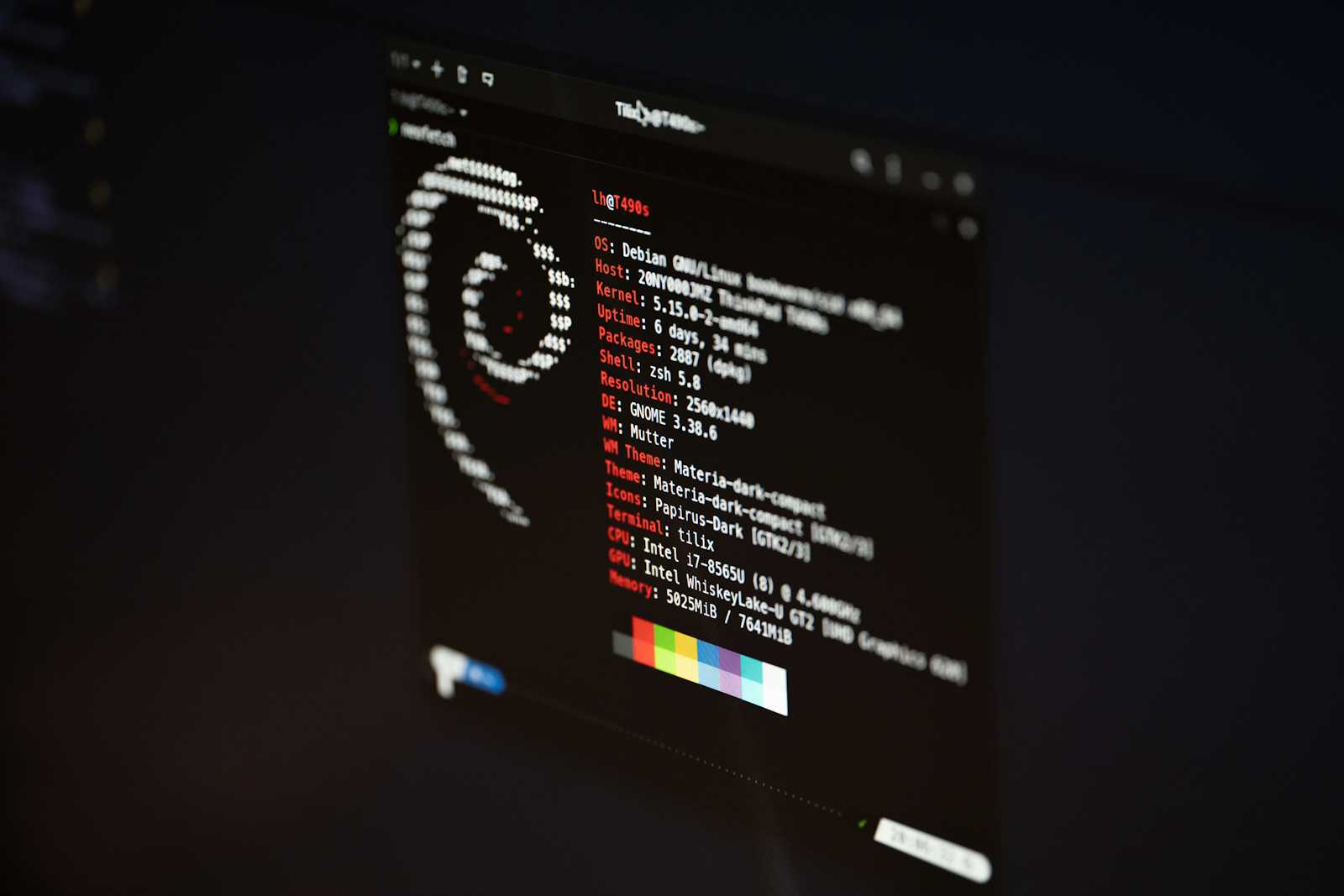Giving up on Linux (for Now)
 Kundan
Kundan
In the time period of three months or so, I have tried almost all of the flavours of Linux with DE and Distros both. Let's talk about problems first.
But before that let me give you the context that you need to know. I am having a i5-11th gen based Xiaomi Mi Notebook Ultra, It comes with a 3.2K display (why it is important, we'll surely see) and an 22'' 1080p Samsung Monitor thru HDMI.
The Problems:
Never ending patching process. Linux never felt like it is polished enough. Don't get me wrong I am not complaining in a way that everything else is perfect, I am just trying to put my point because Linux is free after all.
I have tried GNOME, XFCE, KDE PLASMA and Cinnamon desktop environments. Regarding the distros I have tried Manjaro, Debian, Fedora and Mint. Let's talk briefly about problems in each.
GNOME (45-46) - Gnome is one of the closest polished thing I have experienced. It has a great look out of the box, many gestures are implemented in there. The problem is the obsession trying to something unconventional. For everything conventional you've got to use extensions that too from a browser and those are really not that stable as compared to a feature baked into your OS.
XFCE - Stability wise it was quite decent of all I would say. But scaling just straight out sucks.
KDE PLASMA - Most customizable and the longest (or the second longest) I have used. Problem - Too bloated. If I need other applications I will just install it. In that way GNOME's approach was better.
Cinnamon - Cursor Flickering in fractional scaling. And If I disable fractional scaling both the displays are set to same scaling which straight out doesn't make any sense.
Manjaro (with KDE) - I got it why criticize it so much it almost unstable in many regards.
Fedora (with GNOME) - I/O error hell (Context) . Basically if you leave your machine idle for a while. The read write from the disk will stop.
Debian (with KDE/XFCE) - Installation is straight up hit or miss. Sometimes it was detecting my Network other times it wasn't.
Mint - Good but quite resource intensive and the same problems due to cinnamon.
The Laptop factor - Most of the DEs are not optimized for Laptops at all. The worst problem I encountered in almost all the DEs was the sleep and wake problem. You cannot put your laptop to sleep and it will wakeup without any issue. For example, in KDE it will forget your monitor layout and adjustments and you have redo it all again (if you've closed the lid for sleep that to after enabling the settings), in Fedora after sleep the IO hell begins. I almost had the same issues more or less, in GNOME the scaling is also bad.
Not optimized for Displays - I have pretty high DPI laptop screen which makes harder to adjust the scaling in almost every DE.
Possible issues with my Hardware incompatibility. Maybe my laptop is not from a popular company like DELL, HP etc. It could be the reason with drivers issue in some instances.
The Good:
Zero fuss. No obligation, no account creation.
Good support for development (my primary reason I got there). For any language the installation is quite minimal and C/C++ and Python comes out of the box.
Not sluggish. For the same hardware my Windows 11 feels slow at times it wasn't the case there. Only once I experienced ram maxing out.
Good for hardware programming such as Networks and all.
Conclusion:
Look I am not even trying to point out the obvious flaws of Linux such as no Adobe support and so on because that's not the fault of Linux. It is the Adobe. Another very obvious flaw was the ugly looking windows like rounded from top but square from bottom. I hated this and it was present in almost all of the DE's except KDE I think where you customize if I can remember.
I really want to use Linux but the problems are too prevalent especially in a laptop environment. For Desktop, I think it is pretty usable. The problem is not the Distro's most of them are similar but the Distribution Environments. I know people will say that things can be fixed with an article/command somewhere on Stack Overflow. But the thing is every time you would not want to sit and patch things.
Possible solutions - A distro should work with DE closely (just one DE) and try to integrate with the kernel properly (like mint does). Laptop companies may provide a little support to Linux too.
In the time being will try Linux occasionally. As much as I hate windows, the love for Linux didn't turned out to be equal. Peace.
Subscribe to my newsletter
Read articles from Kundan directly inside your inbox. Subscribe to the newsletter, and don't miss out.
Written by

Kundan
Kundan
Learning.